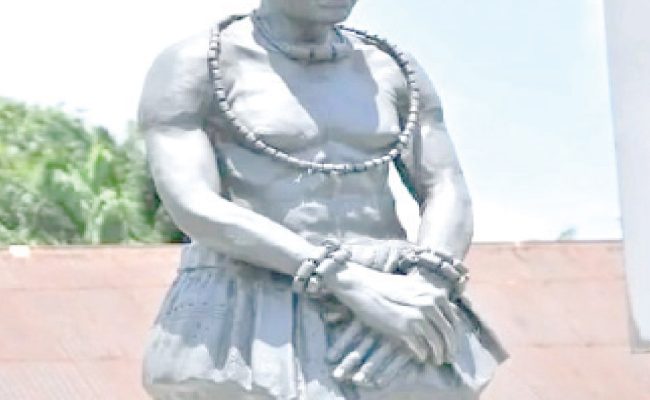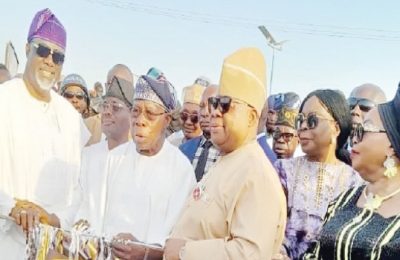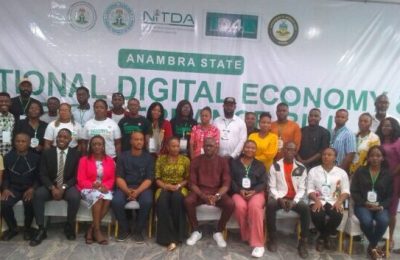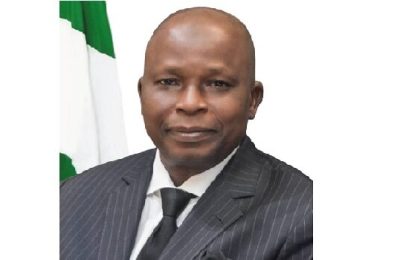Museum is a place where important cultural and historical objects are kept. However, the most acceptable definition of museum was given by the International Council of Museums (ICOM) in 2022. It says: “A museum is a not-for-profit, permanent institution in the service of society that researches, collects, conserves, interprets, and exhibits tangible and intangible heritage. Open to the public, accessible and inclusive museums foster diversity and sustainability. They operate and communicate ethically, professionally and with the participation of communities, offering varied experiences for education, enjoyment, reflection and knowledge sharing.”
While eco-museum is defined as a museum focused on the identity of a place, largely based on local participation and aiming to enhance the welfare and development of local community. This type of museum originated from France.
The importance of eco-museum in our country Nigeria cannot be overemphasised because of its role. It helps localism to be incorporated into nationalism.

Today, Nigeria has over 350 identified ethnic groups.
Therefore, for the country to be properly united, eco-museum should be established in the 774 local government areas across the country, and this will ensure local participation in the development of local community.
Though eco-museum is relatively new in Nigeria, it was introduced by the then Director-General of the National Commission for Museums and Monuments, the late Dr Joe Eboreime.

In I996, because of the ethnic crises all over Nigeria, especially in the Niger Delta, Dr Eboreime introduced the Eco-museum of Healing and National Reconciliation to preach the gospel of ethnic, regional and national unity.
After the introduction of this type of museum, the Nanna Living History Museum, Koko, Delta State was used as a pilot project.
Different programmes, symposium and seminars were organised for different ethnic groups in the Niger Delta.
This programmes brought different opinion leaders and warring groups together. Many of them, after discovering that there are many things that unite us than what divide us as a people, they decided to drop their arms and embrace peace. So, if there is peace in every group, there will be peace in the country as a whole.
Nanna Living History Museum as a community-based museum houses artefacts that are concrete symbols and cultural mnemonics of African resistance and resilience to colonialism and imperialism as well as the contributions of Itsekiri as a people to national integration.
The museum was set up by the Federal Government in 1996 after the Centenary celebration of the war the British waged against Nanna and its people.
Chief Nanna Olomu was born in 1840. He succeeded his father as the governor (Gofune in Itsekiri) of Benin River in 1884.
He became a governor when a staff of office was given to him by Her Majesty Queen Victoria in 1885; He later had problems with the British in the later decades of 19th century because he decided to resist their economic imperialism.
He was banished and sent on exile to the Gold Coast in 1896.
With the help of his friend and business partner, George William Neville, a co-founder of Bank of British West Africa, that later metamorphosed into First Bank of Nigeria, he was freed and allowed to return home.
Chief Nanna refused to go back to Ebrohimi, his original home and the epicentre of the war, but decided to settle in his cocoyam farm. The name Koko was derived from cocoyam.
Nanna returned on August 8, 1906. He declared that day as Neville’s Day to appreciate his friend who helped him to return from exile. Till date, every August 8 is a special day in Koko. In 1907, he laid the foundation of his palace and was completed in 1910.
The building was designed and built by himself and his Accra-trained children. In 1979, the building was declared a national monument by the Federal Department of Antiquities, now National Commission for Museums and Monuments. It is covered by Decree number 77 of 1979. It became a full-fledged museum in 1996 and became an Eco-museum in 2006.
- Igbodegie is of the National Museum, Owo.
READ ALSO: In Koko, Delta State, Nanna of Itsekiri lives on







